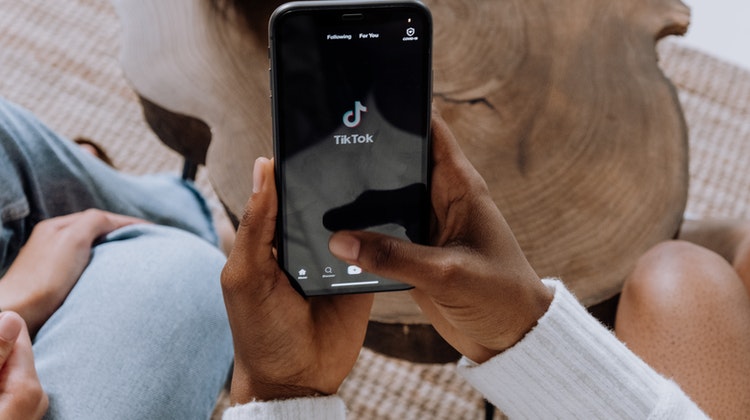
Photo Credit: pexels
In 2020, it looked like the U.S. government was finally going to crack down on Chinese social media platform TikTok. Not only were top government officials like former Secretary of State Mike Pompeo pushing for a full ban on TikTok within the United States, but also it looked like a number of privacy-related lawsuits were in the offing. But then the calendar flipped to 2021, and it seems like nobody is talking about banning TikTok anymore. The whole plan to get TikTok to divest its U.S. assets has been shelved, the mainstream media continues to push ahead with meme-worthy stories (e.g. viral food trends spawned by TikTok are a big thing), and feel-good TikTok commercials continue to appear on TV.
Yes, TikTok still has a data problem
But the mainstream media’s silence on the perils of TikTok ignores the fact that TikTok continues to collect a remarkable amount of data on every American who downloads and then uses the app. According to the Wall Street Journal, for example, TikTok collects your location data, your internet address, information about the type of device being used to access the app, details about your browsing and search history, and even the content of messages exchanged via the app. And that’s not all – if you opt-in, TikTok gets to collect even more data about you, such as your phone and social media contacts, personal information about your age and phone number, information about photos and videos saved on your device, and even payment information for online transactions.
Moreover, with a little algorithmic magic, TikTok is also able to compile a relatively sophisticated behavioral model about you, based solely on what you watch, what you share with others, and what you seem to engage with the most. When this information is paired with demographic details about you (such as your age and location), this enables the creation of a robust psychographic profile about you. TikTok might also conclude that, based on the times you are using the app, you might be susceptible to advertisements at certain times of the day or night, and that certain psychological messaging might work best to induce you to make a purchase.
Lawsuits against TikTok
Ok, Ok, you might be saying: “What’s the big deal?” After all, aren’t other social media companies like Facebook and Twitter also doing this? Well, for one, TikTok is a Chinese company and all of this data is being shipped overseas. And, secondly, TikTok is specifically geared to the young user audience. Some social media experts have already alleged that TikTok is collecting all this information about children as young as six years old. So there you have it – the Chinese government might be collecting and assembling dossiers on your children before they even get to pre-school.
No wonder, then, that more than 20 federal lawsuits have piled up against TikTok. As NPR reported, TikTok agreed to pay $92 million to settle claims stemming from these lawsuits. According to U.S. class-action lawyers, TikTok illegally tracked and shared the personal data of users without their consent. What makes this settlement even more noteworthy is that the lawsuit alleges that TikTok was sharing personal data with third parties based in China, all without the consent of TikTok users. In some case, this included facial recognition data. All in all, lawyers are now calling this settlement “among the largest privacy-related payouts in history.”
Will the clock run out on TikTok?
The $92 million figure is a big number, of course, but it may not really stop TikTok. Given that there are now 130 million TikTok users in the U.S., the $92 million settlement is basically a dollar back to each users. Yes, there you have it – all of your stolen personal information and data is basically worth a dollar. Congratulations, you’ve been bought and sold just like any household item at the local dollar store. So we can’t stop here – more needs to be done to rein in TikTok and make sure that the large-scale collection (some might say “theft”) of data does not continue in the future without our consent.